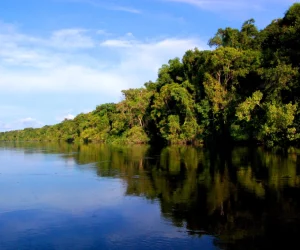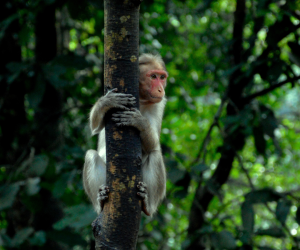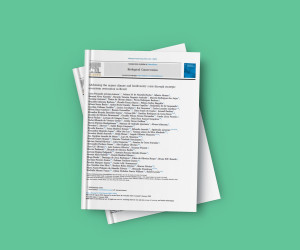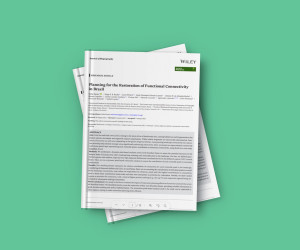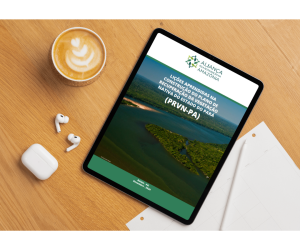Publications > Article
Biological Conservation: Nominally protected buffer zones around tropical protected areas are as highly degraded as the wider unprotected countryside
Protected areas (PA) are central to safeguarding biodiversity and ensuring the long-term provision of ecosystem services. Multiple factors influence PA performance, including the level of degradation in the surrounding areas (SA). Buffer zones (BZ) comprise a key strategy to increase PA performance as they are subject to land-use restrictions to inhibit the spatial contagion of detrimental effects of SAs onto PAs. However, BZ conservation performance also depends on multiple factors. Here, we seek to understand the degradation status of ~29 million hectares of nominally protected terrestrial BZs, and how this relates to PA characteristics and their environmental and socioeconomic contexts. We applied land-use mapping to the largest national network of tropical PAs on Earth (the Brazilian PA network) and estimated BZ degradation status using the cumulative natural area converted into anthropogenic land-uses. By 2017, individual BZs were significantly more degraded (40% ± 32% SD) than areas inside PAs (16% ± 23% SD), but almost equally degraded as the unprotected countryside surrounding BZs (41% ± 31% SD). Degradation status increased around small PAs sited in economically prosperous regions, especially those dominated by private lands (particularly smallholdings) but decreased where connectivity with neighbouring PAs was most prevalent.
The results of this study, led by IIS researcher Juliana M. de Almeida Rocha, indicates that de jure land-use restrictions within BZs have not been effectively enforced, since their overall status is no better than that in surrounding landscapes under unrestricted land-use. It is imperative to integrate the management of BZs and PAs, as well as to promote higher overall PA connectivity, to ensure their value-added efficiency.

